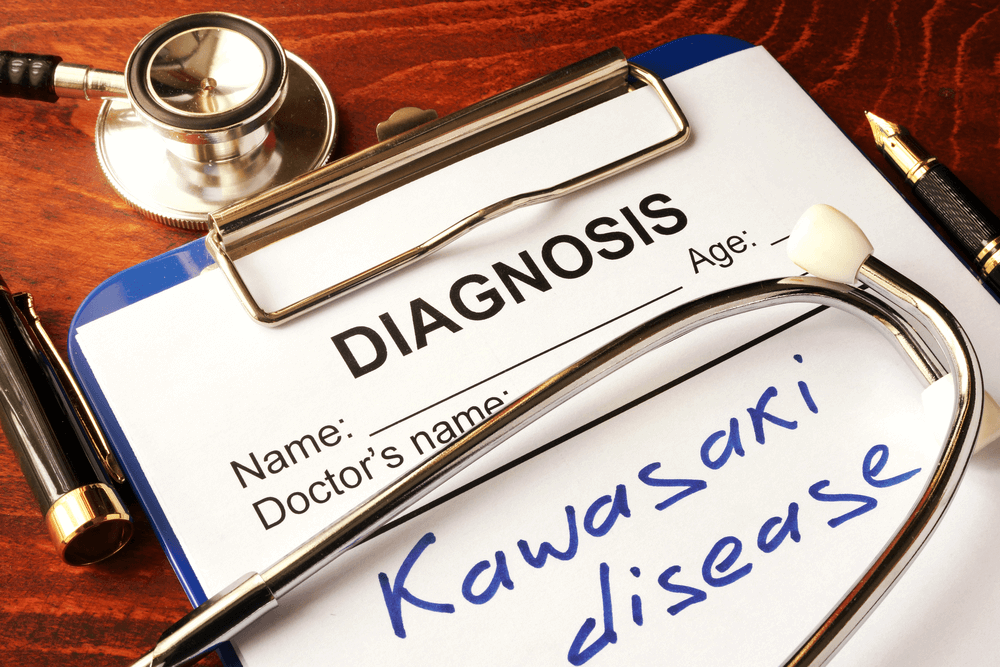
Dr Gaurav Agrawal is a Pediatric Cardiologist (Child and Fetal heart Specialist). Dr Agrawal is a pediatrician who has specialized training in the treatment of various child heart related problems (neonates to 18 years of age). He is also having a vast experience in fetal echocardiography.
He is one of the very few pediatricians in India who practices pediatric cardiology exclusively. Cardiac problems in children are common in children, sometimes life threating and often not diagnosed properly. Early diagnosis and timely treatment is very important. Areas of specific interest include child echocardiography including fetal echocardiography, diagnostic and therapeutic cardiac catheterization (pediatric cardiac holes closure by device, opening of obstructed cardiac valves by balloons etc).


